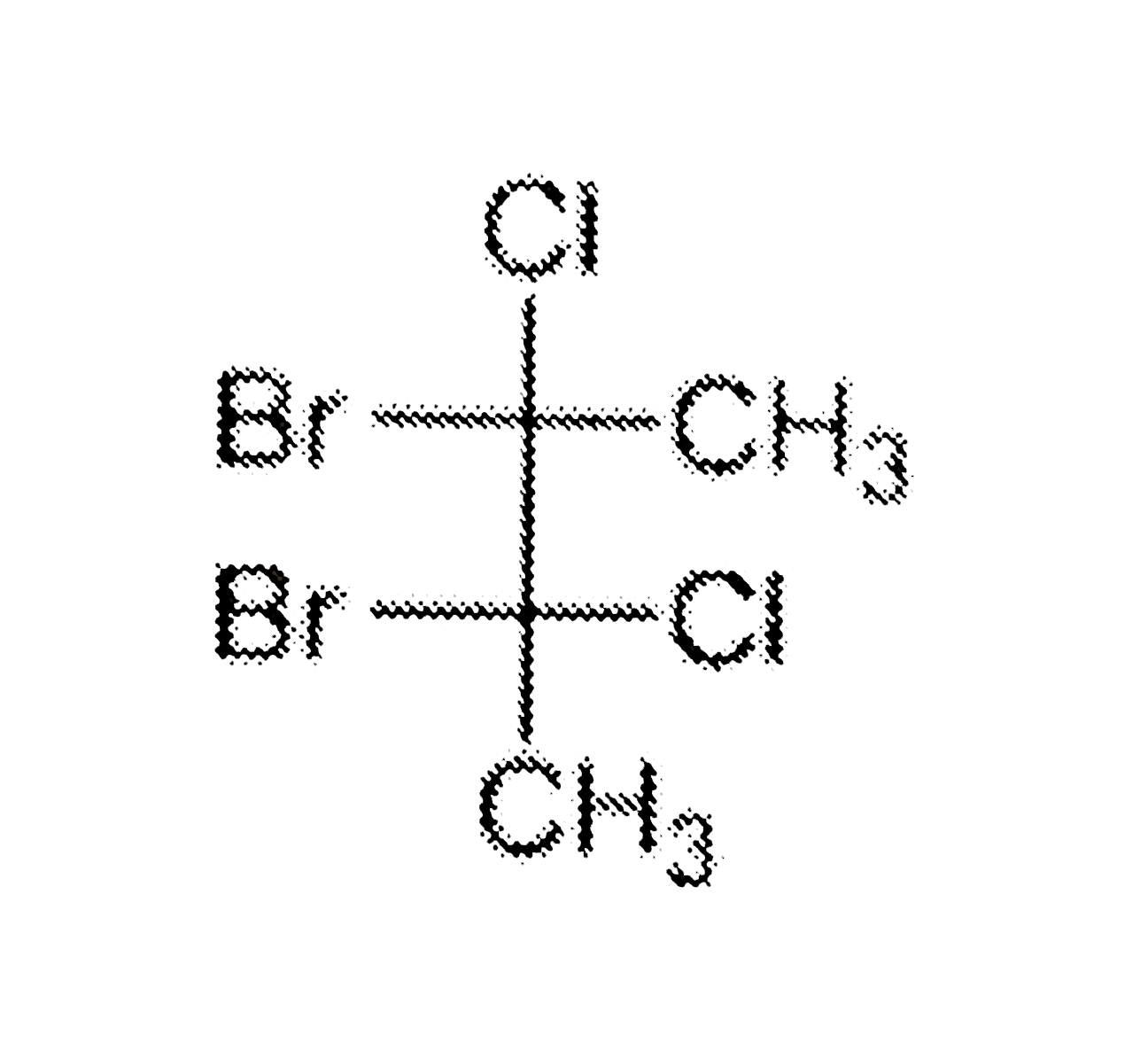Non- zero dipole moment is shown by

The correct Answer is:C
To determine which of the given compounds exhibits a non-zero dipole moment, we will analyze each option step by step.
Step 1: Analyze CCl4 (Carbon Tetrachloride)
- Structure: CCl4 has a tetrahedral geometry with one carbon atom at the center and four chlorine atoms at the corners.
- Electronegativity: Chlorine is more electronegative than carbon, causing each C-Cl bond to be polar with a dipole moment directed towards chlorine.
- Symmetry: Due to its symmetrical tetrahedral shape, the individual dipole moments cancel each other out.
- Conclusion: CCl4 has a net dipole moment of zero.
Step 2: Analyze CO2 (Carbon Dioxide)
- Structure: CO2 has a linear structure with carbon in the center and oxygen atoms on either side (O=C=O).
- Electronegativity: Oxygen is more electronegative than carbon, making each C=O bond polar.
- Symmetry: The molecule is symmetrical, and the dipole moments from both C=O bonds cancel each other out.
- Conclusion: CO2 has a net dipole moment of zero.
Step 3: Analyze H2O (Water)
- Structure: H2O has a bent shape due to the two lone pairs on the oxygen atom.
- Electronegativity: Oxygen is more electronegative than hydrogen, resulting in polar O-H bonds.
- Asymmetry: The bent shape means that the dipole moments do not cancel out.
- Conclusion: H2O has a net dipole moment that is non-zero.
Step 4: Analyze 1,4-Dichlorobenzene
- Structure: 1,4-dichlorobenzene has a symmetrical arrangement of chlorine atoms on a benzene ring.
- Electronegativity: Chlorine is more electronegative than carbon, creating polar C-Cl bonds.
- Symmetry: The symmetrical arrangement of the chlorine atoms leads to cancellation of the dipole moments.
- Conclusion: 1,4-dichlorobenzene has a net dipole moment of zero.
Step 5: Analyze Cl2 (Chlorine Gas)
- Structure: Cl2 is a diatomic molecule consisting of two chlorine atoms.
- Electronegativity: Both atoms have the same electronegativity.
- Symmetry: There is no difference in electronegativity, resulting in no dipole moment.
- Conclusion: Cl2 has a net dipole moment of zero.
Final Conclusion
Among the given options, only H2O (water) exhibits a non-zero dipole moment.
- Structure: CCl4 has a tetrahedral geometry with one carbon atom at the center and four chlorine atoms at the corners.
- Electronegativity: Chlorine is more electronegative than carbon, causing each C-Cl bond to be polar with a dipole moment directed towards chlorine.
- Symmetry: Due to its symmetrical tetrahedral shape, the individual dipole moments cancel each other out.
- Conclusion: CCl4 has a net dipole moment of zero.
- Structure: CO2 has a linear structure with carbon in the center and oxygen atoms on either side (O=C=O).
- Electronegativity: Oxygen is more electronegative than carbon, making each C=O bond polar.
- Symmetry: The molecule is symmetrical, and the dipole moments from both C=O bonds cancel each other out.
- Conclusion: CO2 has a net dipole moment of zero.
- Structure: H2O has a bent shape due to the two lone pairs on the oxygen atom.
- Electronegativity: Oxygen is more electronegative than hydrogen, resulting in polar O-H bonds.
- Asymmetry: The bent shape means that the dipole moments do not cancel out.
- Conclusion: H2O has a net dipole moment that is non-zero.
- Structure: 1,4-dichlorobenzene has a symmetrical arrangement of chlorine atoms on a benzene ring.
- Electronegativity: Chlorine is more electronegative than carbon, creating polar C-Cl bonds.
- Symmetry: The symmetrical arrangement of the chlorine atoms leads to cancellation of the dipole moments.
- Conclusion: 1,4-dichlorobenzene has a net dipole moment of zero.
- Structure: Cl2 is a diatomic molecule consisting of two chlorine atoms.
- Electronegativity: Both atoms have the same electronegativity.
- Symmetry: There is no difference in electronegativity, resulting in no dipole moment.
- Conclusion: Cl2 has a net dipole moment of zero.
Among the given options, only H2O (water) exhibits a non-zero dipole moment.
Topper's Solved these Questions
- CHEMICAL BONDING AND MOLECULAR STRUCTUREBOOK - NARAYNACHAPTER - CHEMICAL BONDING AND MOLECULAR STRUCTUREEXERCISE - EVALUATE YOUR SELF - 3
12 Videos
- CHEMICAL BONDING AND MOLECULAR STRUCTUREBOOK - NARAYNACHAPTER - CHEMICAL BONDING AND MOLECULAR STRUCTUREEXERCISE - CUQ (INTERODUCTION, VALENCE AND FORMULA WRITING)
4 Videos
- CHEMICAL BONDING AND MOLECULAR STRUCTUREBOOK - NARAYNACHAPTER - CHEMICAL BONDING AND MOLECULAR STRUCTUREEXERCISE - EVALUATE YOUR SELF - 1
7 Videos
- CARBONYL COMPOUNDSBOOK - NARAYNACHAPTER - CARBONYL COMPOUNDSEXERCISE - LEVEL -VI
99 Videos
- CHEMICAL EQUILIBRIUMBOOK - NARAYNACHAPTER - CHEMICAL EQUILIBRIUMEXERCISE - Exercise -IV
33 Videos
Similar Questions
Knowledge Check
The moecule with non-zero dipole moment is -
ABCl3BBeCl2CCCl4DNCl3The molecule having non-zero dipole moment is
AH2O2BCH4CC2H6DBF3Zero dipole moment is present in
ANH3BH2OCcis1,2-dichloroetheneDtrans 1,2-dichloroethene

